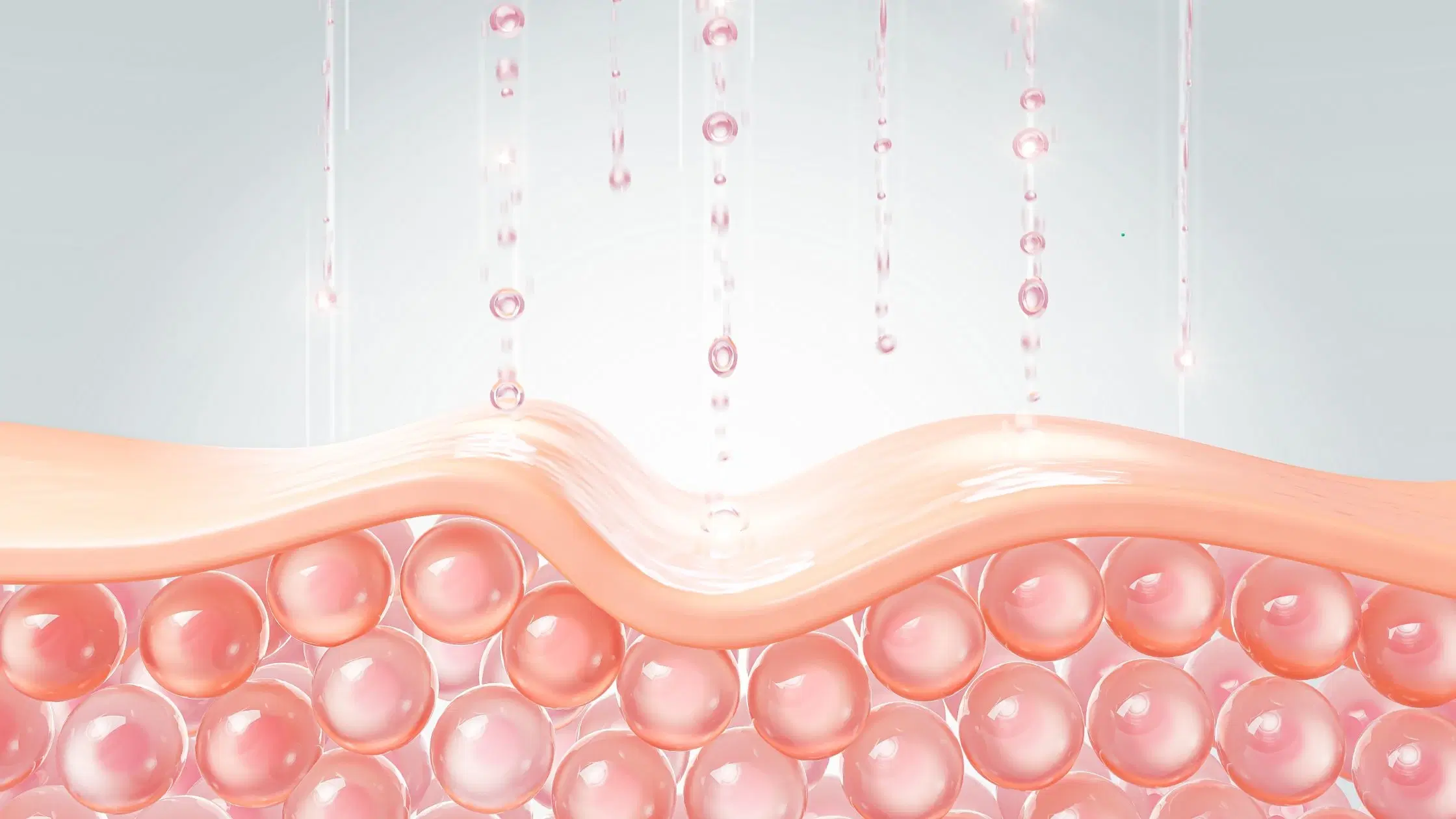
Beauty & Skincare
•04 min read
-5ba1f1f6-995b-4617-a1ff-43890351cff7.png&w=3840&q=75)
Melasma can be tough to manage, but incorporating niacinamide for melasma in your routine offers a gentle and effective solution to reduce discoloration and brighten your skin tone. In this guide, we explain why melasma occurs, the science behind how niacinamide treats hyperpigmentation, and practical steps on integrating this skincare ingredient into your daily routine. You will also learn about some of the best niacinamide products for melasma to put you on the path toward even, radiant skin.
Melasma is a condition marked by brown or gray patches on the skin, often appearing on the cheeks, forehead, and upper lip. It occurs when the skin produces excess melanin, a pigment that gives the skin its natural color. Common triggers include hormonal changes, sun exposure, and genetic factors. For example, shifts during pregnancy or from hormonal treatments can stimulate melanin production, while prolonged exposure to UV rays worsens melasma. Treating melasma calls for a gentle approach that addresses these factors without causing further irritation.
Many people find that using gentle, non-irritating ingredients such as niacinamide for uneven skin tone can effectively reduce the appearance of dark spots. This method limits over-exfoliation and keeps your skin barrier intact, ensuring you can navigate daily life without compromising your skin's health.
Hormonal changes from pregnancy or medications
Excessive sun exposure
Genetic predisposition
Niacinamide, a form of vitamin B3, stands out as a versatile ingredient in the world of skincare. Known for its anti-inflammatory properties and its ability to brighten the skin, niacinamide for melasma works by reducing melanin transfer, thereby diminishing the appearance of dark spots and uneven skin tone. Beyond treating hyperpigmentation, this ingredient helps to soothe inflammation that can trigger further melasma flare-ups, making it an ideal choice for those who want a milder, more sustainable approach to skincare.
In addition to brightening skin with niacinamide, the ingredient contributes by strengthening your skin barrier. This means it not only tackles discoloration but also supports better hydration and reduces the sensitivity that often accompanies treatment-focused routines. With benefits like niacinamide benefits for skin that include minimizing redness and enhancing texture, it becomes a key component for long-term skin care.
Creating a skincare routine for melasma that includes a niacinamide serum for pigmentation is a step-by-step process that helps you tackle discoloration safely. Start your routine with a gentle cleanser that removes impurities while protecting your skin’s natural barrier. A hydrating toner follows, preparing the skin to absorb the active ingredients. Afterward, apply your niacinamide serum to lessen dark spots and achieve a balanced, bright complexion. Lock in moisture with a lightweight moisturizer and always finish with a broad-spectrum sunscreen of SPF 30 or higher, essential for reducing dark spots with niacinamide and preventing further pigment formation.
-9872eb55-9af0-4022-8644-bd8f05e8333e.png&w=3840&q=75)
When you start using niacinamide, consider these tips for safe application:
Begin with a lower concentration if your skin is sensitive.
Always use sunscreen alongside to protect against UV rays.
Avoid combining niacinamide with strong acids in the same routine to reduce irritation.
Finding the right niacinamide serum for pigmentation can make a considerable difference in your melasma treatment with skincare ingredients blend. Look for products that are formulated with optimal concentrations to reduce dark spots and support the skin barrier. Whether you are seeking an affordable option or a more luxurious formula, there are products designed to address niacinamide for discoloration in skin while providing other skin-enhancing benefits.
Alongside a quality niacinamide product, pairing additional skincare ingredients like hyaluronic acid to boost hydration or vitamin C for enhanced brightening can further amplify the results. However, since vitamin C and niacinamide work best in separate routines, it is wise to alternate their use to gain the full benefits of each.
One of the most important aspects of using niacinamide for melasma is setting realistic expectations. Improvements in uneven skin tone and reduction in dark spots usually become noticeable after 8-12 weeks of consistent use. It is essential to remember that niacinamide is not an overnight fix but a supportive ingredient that works gradually. Its gentle approach makes it ideal for long-term management of melasma, especially when combined with a comprehensive skincare routine that includes proper cleansing, moisturizing, and sun protection.
Maintaining consistency in your routine is key. Be patient and allow the niacinamide benefits for skin to build over time, leading to cumulative improvements that contribute to a more uniform and radiant complexion.
Expert Tip: The Role of Patience in Skincare
Did you know? Melasma is a chronic condition that requires ongoing care. While niacinamide for hyperpigmentation is effective, combining it with sun protection and a holistic skincare routine is essential if you want lasting results.

Niacinamide helps fade melasma by reducing melanin transfer and calming inflammation. While it may not completely eliminate melasma, it significantly improves skin tone and texture with consistent use.
Hydroquinone is a stronger depigmenting agent but can be more irritating, especially on sensitive skin. Niacinamide is gentler and more suitable for long-term maintenance and overall skin health.
Both are effective in their own ways. Vitamin C brightens the skin with antioxidant properties, while niacinamide treats hyperpigmentation by soothing inflammation and fortifying the skin barrier. They can be used in separate routines to complement each other.
Results typically begin to appear around 8-12 weeks of regular use, although this can vary based on individual skin condition and consistency with your skincare routine.
Niacinamide is a powerful ingredient for managing melasma through its gentle yet effective approach. It helps reduce dark spots, evens skin tone, and strengthens the skin barrier, making your overall complexion brighter and healthier. Maintaining a consistent skincare routine, including key steps like cleansing, hydrating, and daily sun protection, is crucial in achieving lasting results. Discover the benefits of niacinamide and embrace a skincare journey that respects your skin's natural beauty and vitality.